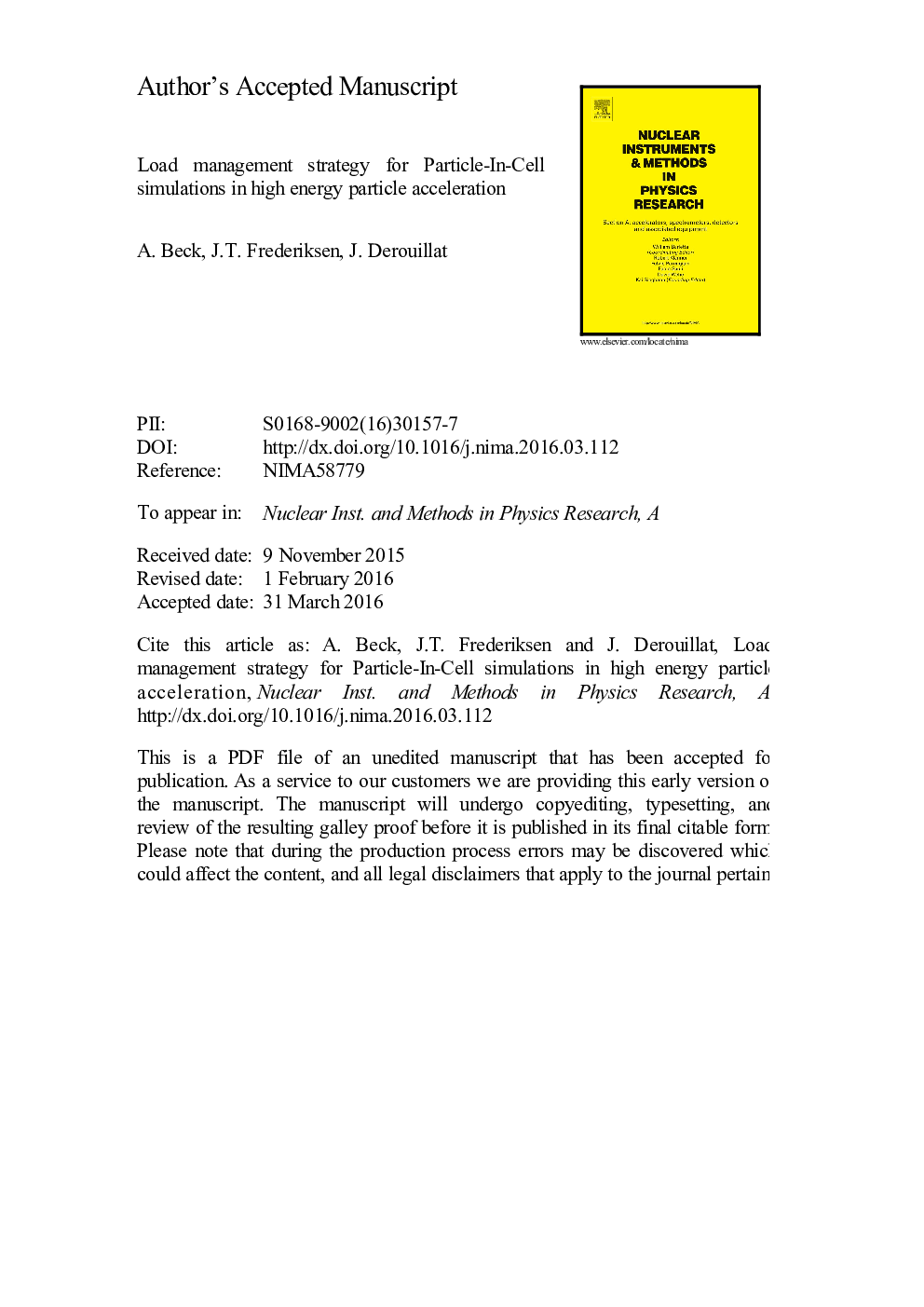| Article ID | Journal | Published Year | Pages | File Type |
|---|---|---|---|---|
| 8169450 | Nuclear Instruments and Methods in Physics Research Section A: Accelerators, Spectrometers, Detectors and Associated Equipment | 2016 | 5 Pages |
Abstract
In the wake of the intense effort made for the experimental CILEX project, numerical simulation campaigns have been carried out in order to finalize the design of the facility and to identify optimal laser and plasma parameters. These simulations bring, of course, important insight into the fundamental physics at play. As a by-product, they also characterize the quality of our theoretical and numerical models. In this paper, we compare the results given by different codes and point out algorithmic limitations both in terms of physical accuracy and computational performances. These limitations are illustrated in the context of electron laser wakefield acceleration (LWFA). The main limitation we identify in state-of-the-art Particle-In-Cell (PIC) codes is computational load imbalance. We propose an innovative algorithm to deal with this specific issue as well as milestones towards a modern, accurate high-performance PIC code for high energy particle acceleration.
Keywords
Related Topics
Physical Sciences and Engineering
Physics and Astronomy
Instrumentation
Authors
A. Beck, J.T. Frederiksen, J. Dérouillat,
